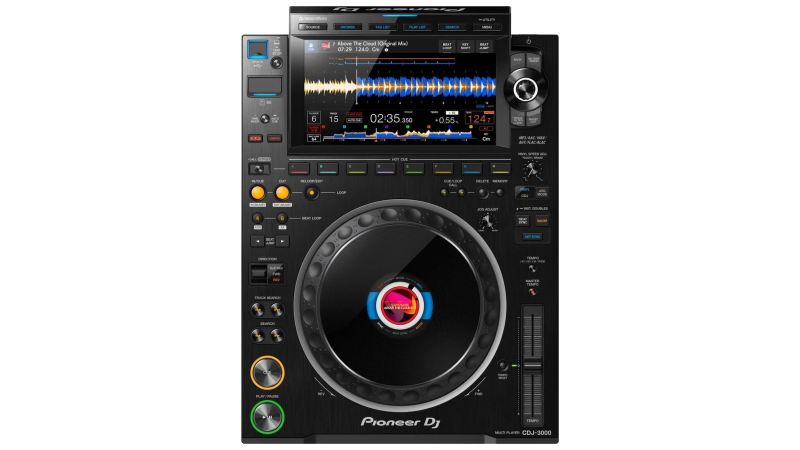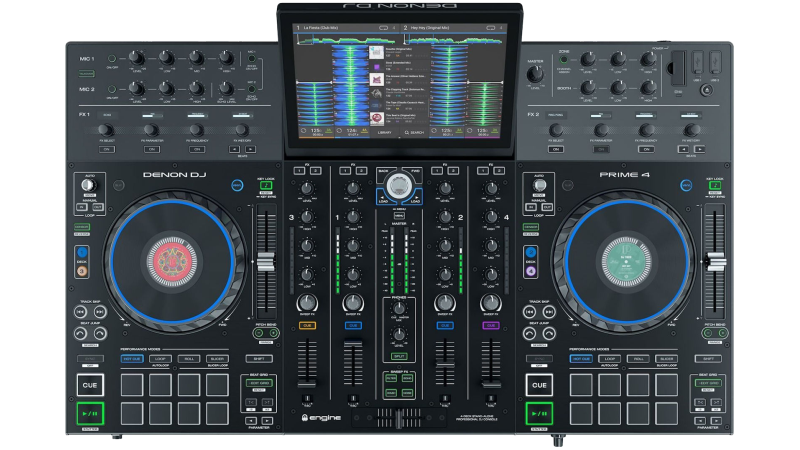Drivers Vestax Sound Cards & Media Devices
Using a computer in a home theater system can be a pain when it comes to audio. Computers usually output audio through numerous connections, none of which are connections commonly used by home theater systems. This means a chain of wires and adapters is required.

- Shop online at creative.com for wireless speakers, Bluetooth headphones, Sound Blaster sound cards, gaming headsets. Free shipping on orders over $35.
- Comartsystem Korea. Download drivers for sound cards for free. Operating System Versions: Windows XP, 7, 8. Are you tired of looking for the drivers for your devices? DriverPack Online will find and install the drivers you need automatically. Download DriverPack Online for.
- This Realtek Audio Driver for Windows 10 64 bit will install for many laptop (notebook)/Desktop computers that use the Realtek sound chip. This driver is only for the 64bit version of Windows. Some versions of Windows have generic or older OEM drivers included with the system. It is important that you use the latest audio drivers because you will get some extra feature that might not be.
But now HDMI allows users to bundle audio and video and send it all through a single cable. This greatly reduces the headache of connecting a PC to a home theater. So what do you need to use HDMI with your PC?
Video Killed the Audio Card
Surprisingly, the best way to transfer audio from a PC via HDMI is using your video card. As mentioned, HDMI is a combined standard for both audio and video. Recent video cards have taken advantage of this fact.
The video cards which support PC audio over HDMI include ATI Radeon cards of the 3000 series or newer and Nvidia cards of the 9000 series or newer. The ATI cards are the easiest to use. Simply install the card and the drivers and the audio works. The Nvidia cards require that an internal SDPIF connection be made between your PC's sound card or motherboard and the Nvidia video card.
Making the Connection
Not all video cards which support PC audio over HDMI ship with HDMI outputs. They ship instead with DVI, which is common on computer monitors.
You generally want a sound card with signal-to-noise ratio over 100dB, but the best sound cards are in the 124dB range, which is a significant improvement. Channels - A lot of decent, budget-friendly sound cards typically support 5.1 channel audio, but you can spend a little more to get one that can handle 7.1 surround sound. Download drivers for NVIDIA products including GeForce graphics cards, nForce motherboards, Quadro workstations, and more. Update your graphics card drivers today.
These video cards still support audio over HDMI, but a DVI-to-HDMI adapter must be used to enable the audio. Connecting to your home theater via DVI will not enable audio. Most video cards which have only DVI outputs ship with DVI-to-HDMI adapters.
Solving Driver Issues
Although it would be great if computers just worked, they often don't. The audio drivers for the video card outputting audio over HDMI can sometimes conflict with your existing audio drivers.

To solve this problem you need to disable your old audio drivers and enable the new ones. Go to your Windows Control Panel and then open sound properties. You will find a list of audio outputs available. Select the HDMI output and right-click to open a menu. Click disable. Then right-click the HDMI output and make sure it is enabled. You may also need to reboot your computer.
Enjoy HDMI
Once you have HDMI operating on your PC you'll never want to go back to using separate audio and video connections. The quality is superb and having only a single wire connecting your PC and your home theater reduces confusion. Enjoy your new, less cluttered home theater!
Using a computer in a home theater system can be a pain when it comes to audio. Computers usually output audio through numerous connections, none of which are connections commonly used by home theater systems. This means a chain of wires and adapters is required.

But now HDMI allows users to bundle audio and video and send it all through a single cable. This greatly reduces the headache of connecting a PC to a home theater. So what do you need to use HDMI with your PC?

Video Killed the Audio Card
Surprisingly, the best way to transfer audio from a PC via HDMI is using your video card. As mentioned, HDMI is a combined standard for both audio and video. Recent video cards have taken advantage of this fact.
The video cards which support PC audio over HDMI include ATI Radeon cards of the 3000 series or newer and Nvidia cards of the 9000 series or newer. The ATI cards are the easiest to use. Simply install the card and the drivers and the audio works. The Nvidia cards require that an internal SDPIF connection be made between your PC's sound card or motherboard and the Nvidia video card.

Drivers Vestax Sound Cards & Media Devices Online
Making the Connection
Not all video cards which support PC audio over HDMI ship with HDMI outputs. They ship instead with DVI, which is common on computer monitors.
Drivers Vestax Sound Cards & Media Devices -
These video cards still support audio over HDMI, but a DVI-to-HDMI adapter must be used to enable the audio. Connecting to your home theater via DVI will not enable audio. Most video cards which have only DVI outputs ship with DVI-to-HDMI adapters.
Solving Driver Issues
Although it would be great if computers just worked, they often don't. The audio drivers for the video card outputting audio over HDMI can sometimes conflict with your existing audio drivers.
To solve this problem you need to disable your old audio drivers and enable the new ones. Go to your Windows Control Panel and then open sound properties. You will find a list of audio outputs available. Select the HDMI output and right-click to open a menu. Click disable. Then right-click the HDMI output and make sure it is enabled. You may also need to reboot your computer.
Enjoy HDMI
Once you have HDMI operating on your PC you'll never want to go back to using separate audio and video connections. The quality is superb and having only a single wire connecting your PC and your home theater reduces confusion. Enjoy your new, less cluttered home theater!
